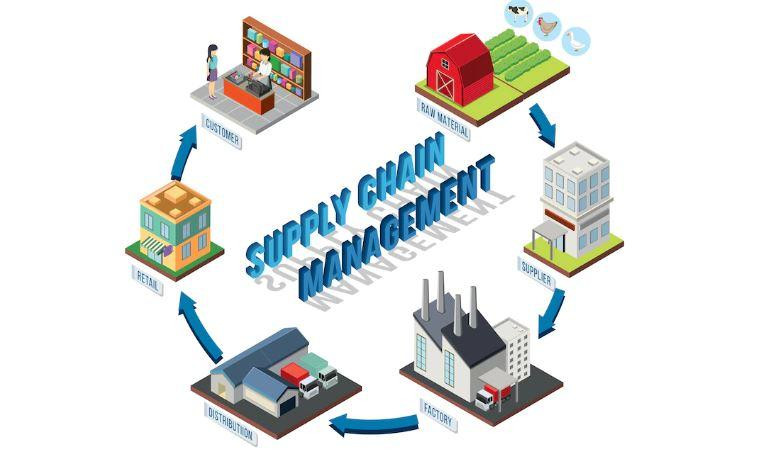Embracing digitization of the modern supply chain
A recent McKinsey study reveals that the average Supply Chain Planning Software has about 43% of digitization. This is less than half of the entire supply chain universe. Should we be worried? The latest gamut of digital technologies make it possible for organizations to easily transform the way that their supply chains operate. At a larger enterprise level, digital transformation means employing analytics, artificial intelligence, robotics, the Internet of Things, and other advanced technologies to process key information automatically and accelerate decision making. A supply-chain digital transformation, is really about establishing a roadmap for how digital applications can improve service, reduce costs, optimize inventory levels and consistently implement process and organizational changes to create overall operational excellence.

Despite the most meticulous planning, a majority of the major “incidents” in today’s global supply chain occur in the moment – meaning that there’s little scope for advance or even just enough of a heads-up or warning. Granted, many modern companies deploy “intelligently planned” programs and distribution strategies to ensure on-time delivery and customer satisfaction. Yet, due to the sheer number of variables that influences the average industry (including large and varied network partners) alone, businesses are often playing catch-up by way of responding to bottlenecks, breakdowns, or any number of other planning and production hurdles.
This is why the value proposition offered by the insights of real-time data analysis make a massive difference in an integrated supply stream – it helps take faster, better decisions, while also helping prioritize tasks effectively. Whether in terms of planning strategy, procurement of material, job/ facility distribution, container/ warehouse management, or distribution of finished product, the real-time insights into demand and supply planning afforded by intelligent, integrated planning and forecasting solutions have time and again proven to be a gamechanger for sales and OP teams in achieving efficiency and productivity.
Real-time visibility into overall demand planning tools can help businesses identify trends or fluctuations in customer need for parts or products, allowing them to adjust production plans and/ or plant/ product line allocations ahead of these fluctuations to significantly impact production output and business outcomes. For example, real-time demand and supply planning capabilities can help a business in France detect a downward trend in demand in Germany, and accordingly reallocate materials and resources to not only adapt to the trend, but make the most of it while also actively preventing overstocking and wastage.
To succeed in an increasingly competitive global market, businesses must adapt effectively and look for simple, practical ways to connect their supply chains from start to finish. This process of achieving connected supply chain planning is meticulous and embraces digitization holistically.

Comments
Post a Comment